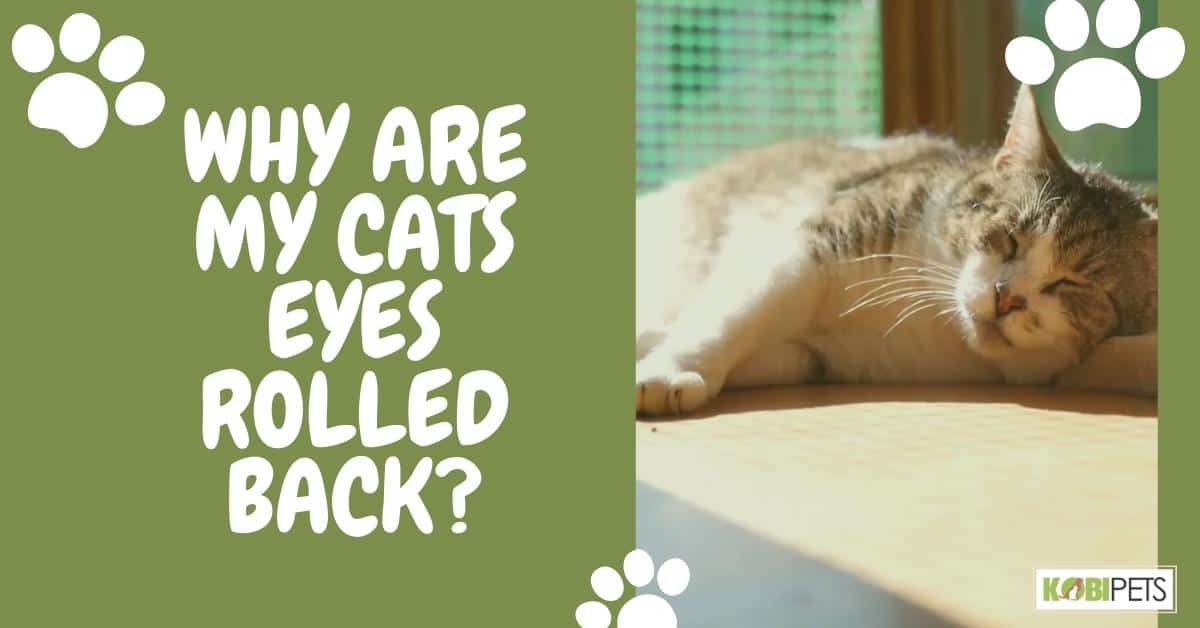
Whether they are lounging, stretching, or playing with their favorite toy, you may have noticed that sometimes cats will roll their eyes back into their sockets.
The behavior why cats’ eyes are rolled back can be due to a myriad of reasons, including dehydration and underlying medical conditions such as Haws Syndrome or Horner’s Syndrome. If you notice your cat exhibiting this behavior, it is important to take them to the vet right away for diagnosis and treatment.
While it’s easy to be concerned when this happens, knowing why cats do this can help put your mind at ease. Eye rolling is actually quite common in cats and can be due to the afoermentioned reasons.

Why are my cat’s eyes rolled back?
When cats roll their eyes back, it can be a sign that they are dehydrated or have an underlying medical condition such as Haws Syndrome or Horner’s Syndrome. Cats rolling their eyes back can be a sign of something serious, so it’s important to understand what causes this behavior. In cats, the third eyelid is tucked away in the corner of the eye and normally stays there. The following are the reasons that your cat may be experiencing.
Dehydration
Dehydration is one of the most common causes of cats rolling their eyes back. Cats need plenty of fresh water to stay hydrated and healthy, and if they don’t get enough water they may start to show signs of dehydration such as rolling their eyes back.
Diagnosis
Diagnosing dehydration in cats can be tricky since there can be multiple causes and symptoms. To properly diagnose dehydration in cats, a vet will likely use a combination of a physical exam, blood work, and urinalysis.
A physical examination is needed to check for signs of dehydration such as skin elasticity and sunken eyes. If a cat is dehydrated, their skin may appear dry or tight, and its eyes may appear sunken.
Blood work can help determine if the cat is suffering from any underlying conditions that could be causing the dehydration. The levels of electrolytes should also be checked to get an accurate diagnosis.
Urine analysis is used to check the levels of concentration in the urine which can indicate if the cat is dehydrated or not. A diluted sample with high levels of creatinine is often indicative of dehydration.
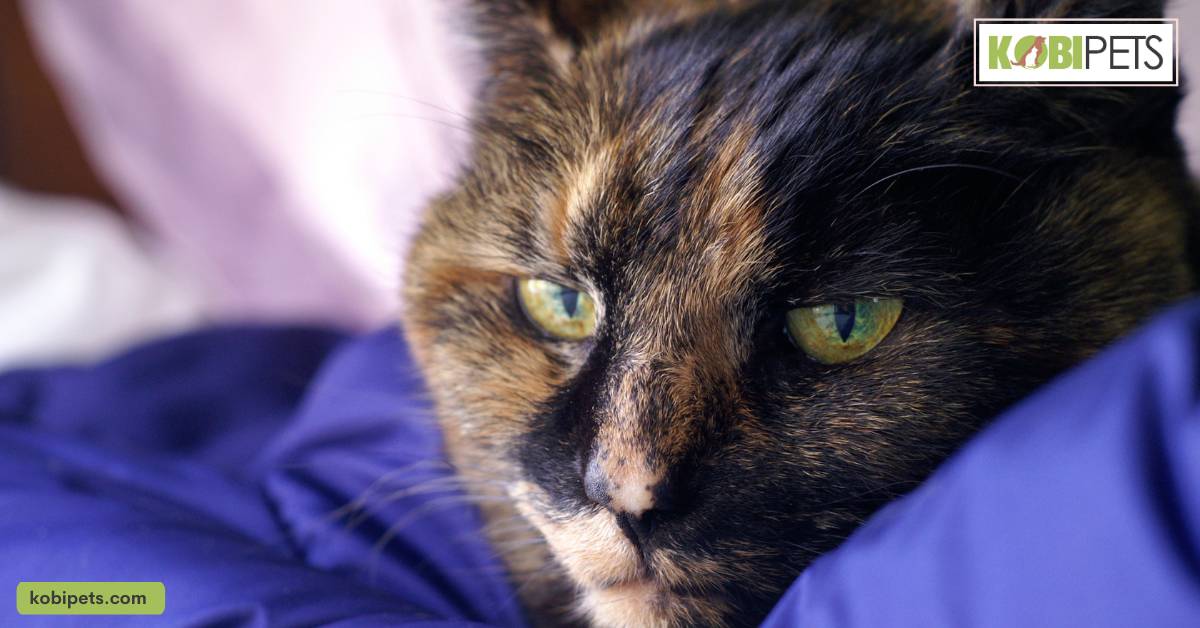
Treatment
Treating dehydration in cats requires providing additional fluids to rehydrate them. Oral fluids such as water or electrolyte solutions can be given to your cat, either by mouth or via a syringe if they won’t drink. If your cat is unable to drink due to illness, then subcutaneous fluids may be administered directly under its skin.
In addition to increased fluids, electrolyte and vitamin supplements may be prescribed by your vet to help restore the body’s balance of essential metabolic components. Your vet may also recommend force-feeding if your cat is too weak or sick to eat on their own, as well as medications like diuretics and antibiotics if there is an underlying infection causing the dehydration.
If your cat’s symptoms are mild and they are able to drink on their own, making sure they have access to fresh water at all times should help prevent further dehydration. For more serious cases of dehydration, it’s important to get professional medical attention right away for proper treatment and recovery.
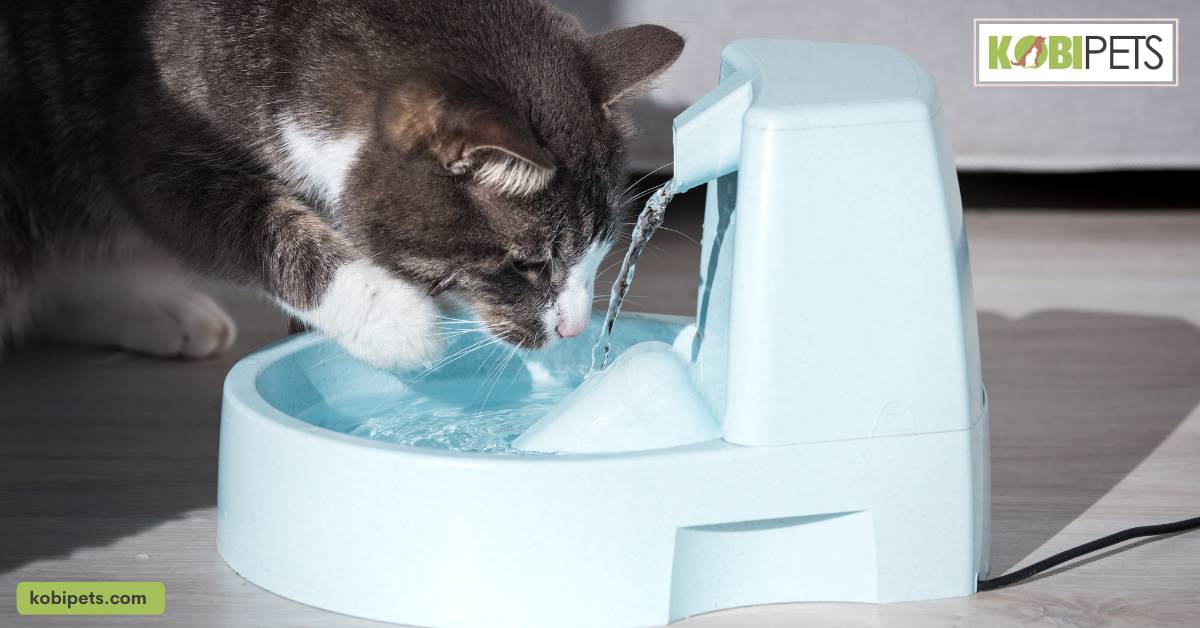
Haws Syndrome
Haws Syndrome is another possible cause for cats rolling their eyes back. This condition is caused by an eye injury or disease which causes the third eyelid to raise up in response. Neurologic diseases that involve the nervous system may also trigger Haws Syndrome in cats.
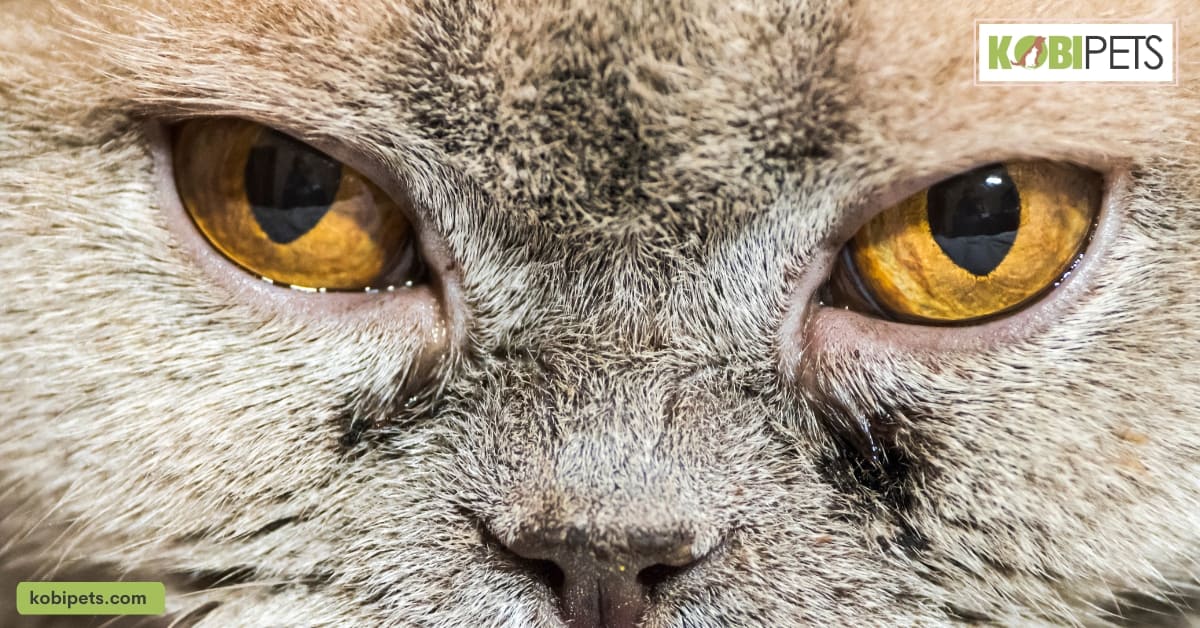
Diagnosis
Diagnosing Haws Syndrome in cats can be difficult as there are few definitive tests that can show a clear diagnosis. The most common test used to diagnose Haws Syndrome is an eye exam under anesthesia. During this procedure, the vet will look for signs of a raised third eyelid and check for any other abnormalities in the eye.
A blood test may also be done to rule out any underlying medical conditions which could be causing the problem. Additionally, an X-ray may be done to look for any signs of injury or disease in the eyes or head area.
In some cases, a CT scan or MRI may be used to get a better look at what’s going on inside the eye if the vet suspects something more serious such as nerve damage causing the symptoms.
Treatment
Treating Haws Syndrome in cats usually involves removing the polyp that is causing eye irritation. This can be done surgically or with laser therapy, both of which are safe and effective methods for removing the polyp.
Your vet may also recommend steroids or antibiotics to reduce inflammation and ease any pain or discomfort your cat is feeling. In some cases, an artificial tear supplement may also be administered to help lubricate the eye and protect it from further damage.
If the polyp cannot be removed, a soft contact lens or temporary patch may need to be applied to protect the eye from further irritation and allow it to heal properly. Additionally, your vet may advise regular check-ups for monitoring purposes and to ensure there is no recurrence of symptoms.
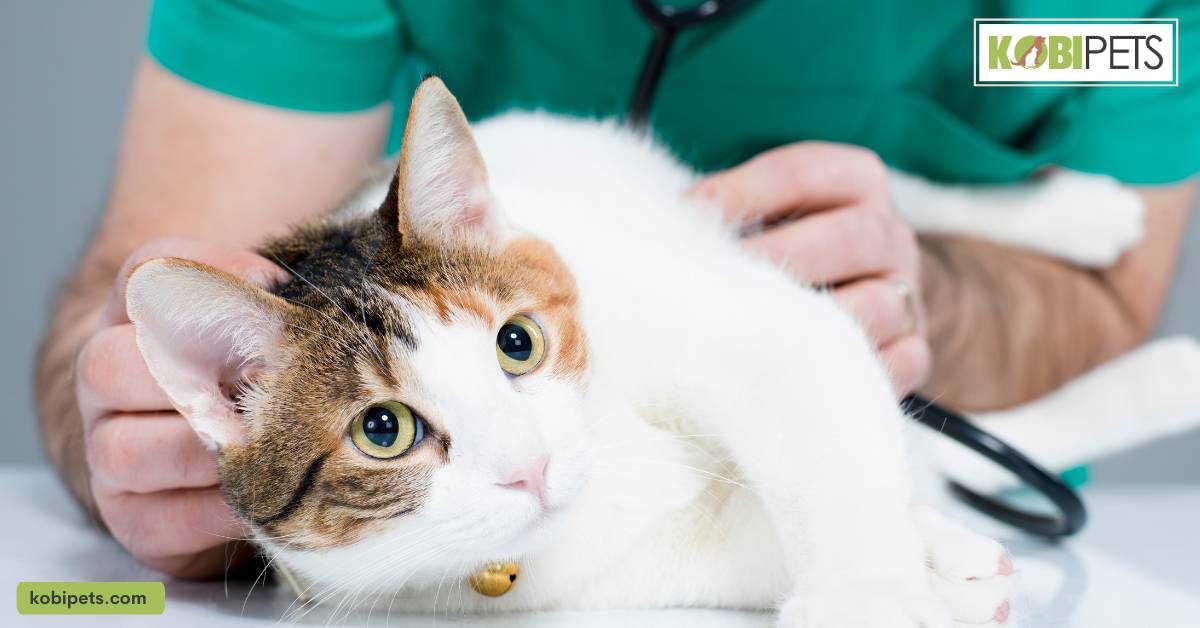
Horner’s Syndrome
Horner’s Syndrome is a neurological disorder that affects both the eye and facial muscles due to dysfunction in the sympathetic nervous system. If your cat has Horner’s Syndrome, you may notice them rolling its eyes back as a symptom.
If your cat is exhibiting any signs of illness, including rolling their eyes back, it’s important to take them to see a vet right away for diagnosis and treatment.
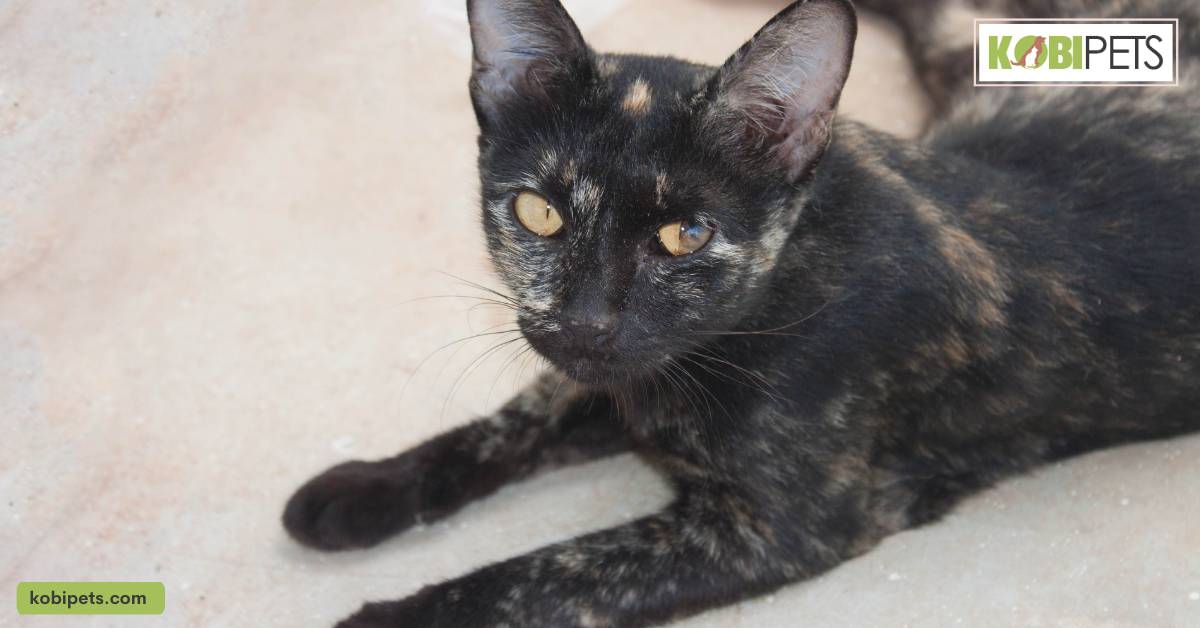
Diagnosis
The most common test used to diagnose Horner’s Syndrome is an ophthalmoscopic exam. During this procedure, the vet will look for signs such as a small pupil on the affected side, upper eyelid drooping, and decreased tear production.
An x-ray may also be done to rule out any underlying medical conditions which could be causing the problem. Additionally, your vet may recommend an MRI or myelography to get a better look at what’s going on in the eye if they suspect something more serious such as nerve damage causing the symptoms.
Blood tests may also be done to look for any changes in hormone levels which could indicate an underlying condition.
Treatment
Treating Horner’s Syndrome in cats usually involves addressing the underlying cause of the condition. This can include surgery to remove foreign objects, infections, or tumors from affected areas, laser therapy for more severe conditions such as nerve damage, and medications like anti-inflammatories or immunosuppressants to help reduce swelling.
Your vet may also recommend things like physical therapy and massage to help relieve pain and restore muscle function. In addition, eye drops may be used to lubricate and protect the affected eye from further irritation.
For severe cases, your vet may advise eye protection such as protective eyewear or an Elizabethan collar to prevent further trauma while allowing other treatments to take effect. Regular check-ups are important for monitoring progress and ensuring the condition does not recur.
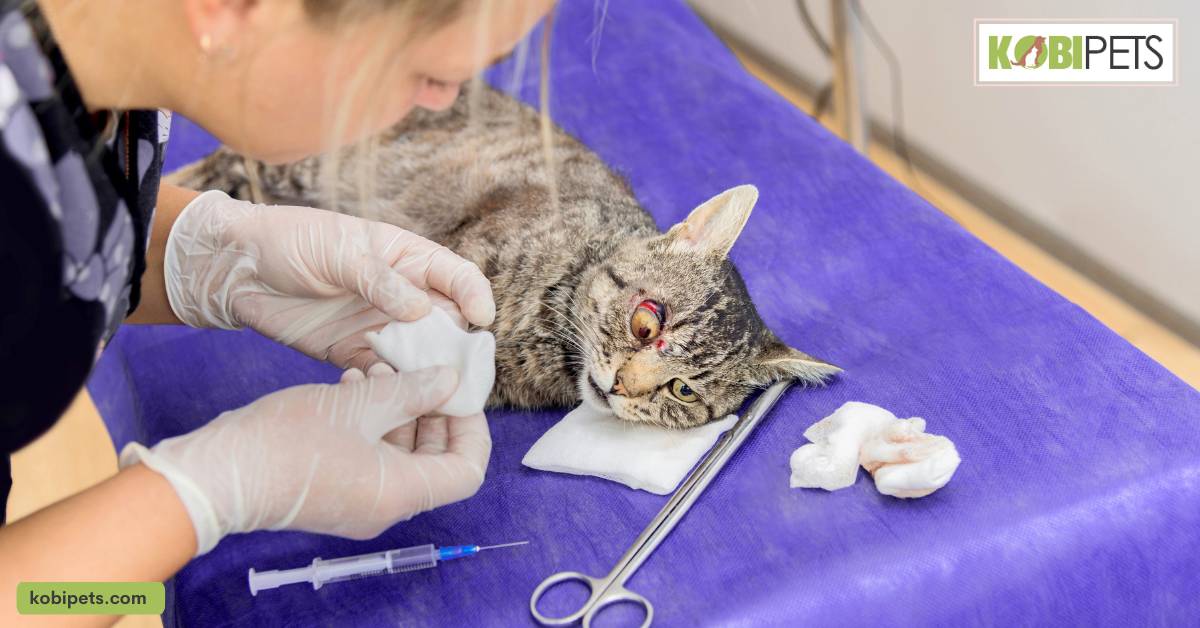
In conclusion
In conclusion, cats rolling their eyes back can be a sign of dehydration or an underlying medical condition such as Haws Syndrome or Horner’s Syndrome. If you notice your cat exhibiting this behavior, it is important to take them to the vet right away for diagnosis and treatment. By understanding why cats do this and what triggers it, you can help ensure your feline companion remains healthy and happy.






